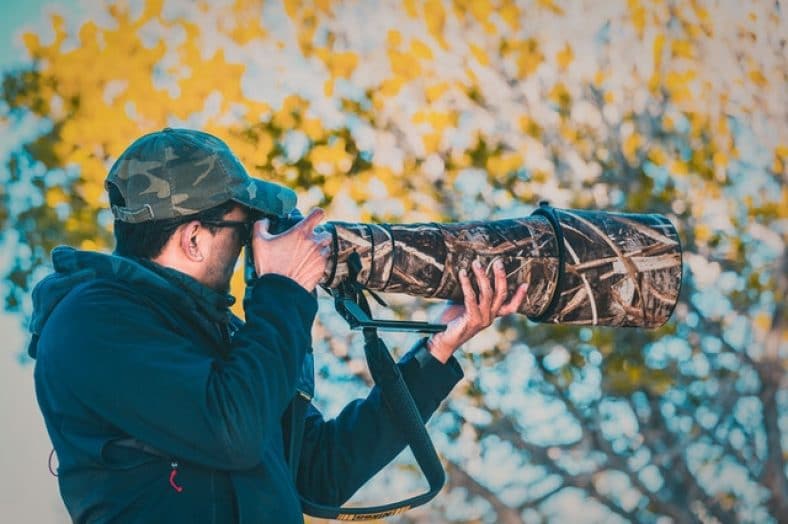If you’ve always wondered how the camera lens captured a photo of a complex pattern on a flower or a microscopic feature, the solution is quite simple: with just a macro lens. The art of macro photography is to make small objects appear life-size or larger. It can display tiny objects in amazing detail, impossible to achieve with the human eye or even a normal lens.
How does a wide-angle enhance the impact of a close-up shot?
Wide-angle lenses are especially useful for creating spectacular close-ups. After all, the more distortion of perception you can generate to exaggerate the aspects of a subject nearest to the lens, the broader the field of view and the smaller the focal length and field of view.
Close-ups with wide-angle lenses reveal minor details, but placing your subject within the surroundings adds a story to the visual detail. Close-ups from an ultra-wide-angle tell stories. At the same time, “normal” macro photos show information.
Macro photography is amazing because it allows one to focus on more than just the little details that you would otherwise overlook. When observed at life-size or larger, even the most minor subjects can become interesting. Moreover, it has many appeals since it allows us to get close and personal with a wide range of subjects.
For example, consider a flower. We normally see the flowers first on a plant. They’re indeed beautiful and stand out against gloomy leaves (at least to human eyes), acting as pollination beacons for bees, butterflies, and other insects.
As we transition from the three dimensions of nature to an image’s two dimensions, perspective distortion caused by employing ultra-wide lenses at close range exaggerates the flowers in the foreground. To many, it heightens visual attention because it reflects how we initially recorded those flowers: The flowers draw our attention first, followed by the location of the flowers.
So, how would you handle wide-angle macro photography? It all starts with the proper lenses.
Wide-angle macro lenses
This form of photography does not necessitate the use of a particular wide-angle macro lens. In reality, any wide-angle, including those found on small digital cameras, would function to some extent. Of course, certain lenses will perform better than others due to their higher quality and sharpness.
What focal lengths and lenses work best? Given the large range of fixed-focal-length lenses available, rectangular fisheyes, and zooms available, the answer could very well be the wide-angle lens you’ve stowed away at the base of your backpack.
Yes, now is the moment to resurrect your 35mm, 28mm, 24mm, and 20mm lenses; any of them will do.
The range of closest focus, commonly defined as the distance between the sensor plane and the subject, is the most significant factor to consider when choosing a lens. By calculating the lens’s length from the lens’s specifications, you may determine how close it will be to the lens’s front element.
You won’t be able to use the specifications unless you have access to them. However, use trial and error in the field. The minimal focus distance should be lower than 30cm in ideal circumstances (about 12 inches).
Although autofocus is built-in into most macro lenses, experts recommend using wide-angle lenses with manual focus. When a lens attempts to lock focus, it will frequently hunt around in a circle. The manual focus permits you to choose the exact location of your focus point with remarkable precision. This provides you with more control over your photography.
For the many photographers who question whether a wide-angle lens can shoot macro photography, well, all the desired captions depend on the proper usage of your lenses.
